Physical Address
304 North Cardinal St.
Dorchester Center, MA 02124
Physical Address
304 North Cardinal St.
Dorchester Center, MA 02124
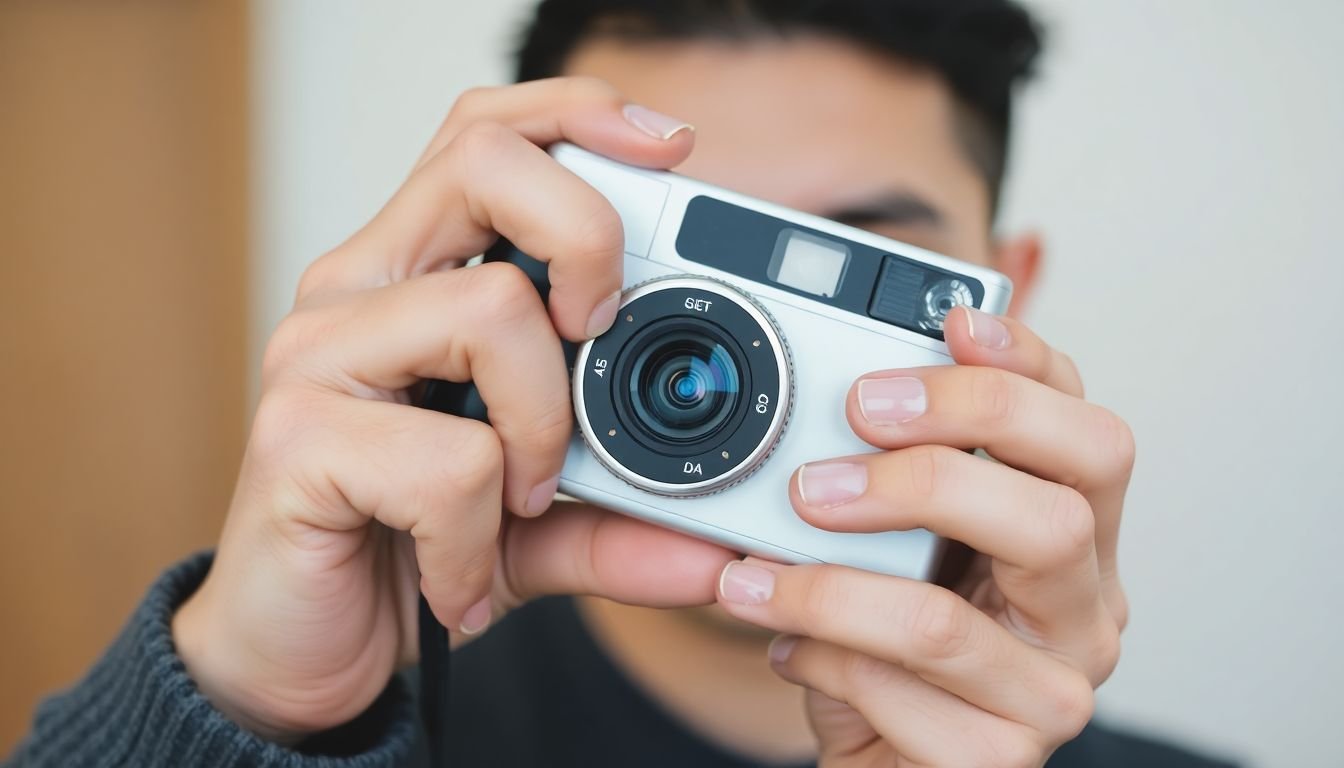
Disposable cameras are experiencing a resurgence, drawing in both nostalgia-seekers and a new generation of photographers. With their simplicity and charm, they provide a refreshing break from digital perfection, capturing authentic, unfiltered moments.
However, using a disposable camera can come with a few surprises, especially for those unfamiliar with film photography. This guide will walk you through avoiding common mistakes and making the most of your disposable camera.
A disposable camera is a simple, one-time-use camera with built-in film. Once you finish taking photos, the camera is sent for processing, where the film is developed, and you receive prints of your shots. Unlike digital cameras, disposable cameras do not allow you to preview images, creating an element of surprise when you finally see the developed photos.
Most disposable cameras are equipped with basic film, while others may include flash or waterproof features. Choose a camera that matches your needs; for example, opt for a waterproof version if you plan to take photos near water.
Disposable cameras offer a unique experience in the age of digital technology. They capture raw and candid moments, often with a vintage aesthetic that many people find charming. Plus, they’re affordable, portable, and simple to use.
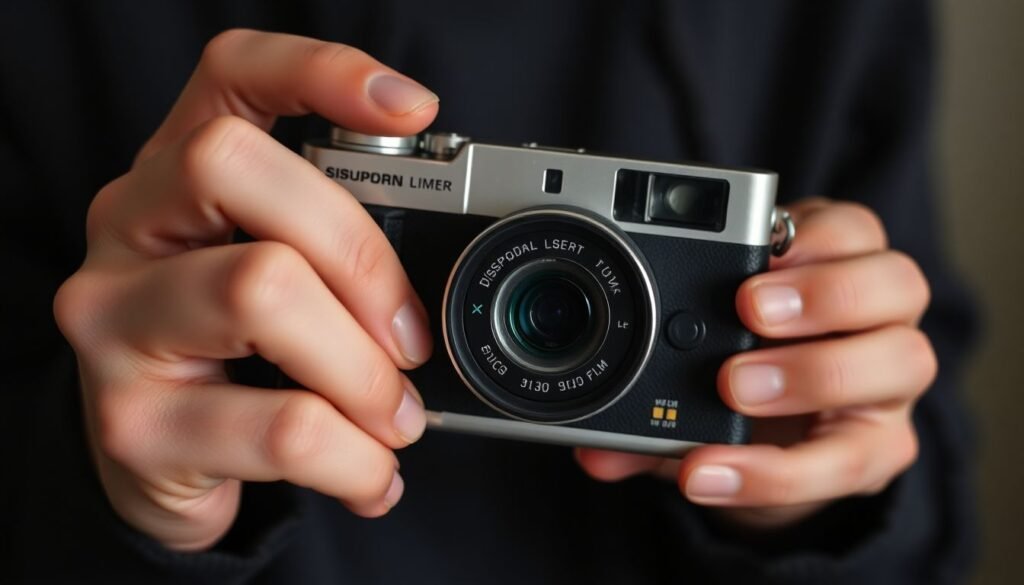
Choosing the right disposable camera depends on factors such as film quality, lighting conditions, and desired aesthetic. Some cameras come with higher ISO film, which is better for low-light environments. If you’re looking for versatility, select a model with built-in flash.
Disposable cameras are straightforward, but understanding a few basics can make a big difference in photo quality.
Most disposable cameras come pre-loaded with film. Be sure to wind the camera after each shot to prepare it for the next one.
Most disposable cameras have a manual flash button. Use it in low-light settings, but keep in mind that it’s effective only within a short range, usually 3-6 feet. Forgetting to turn on the flash in dark environments is one of the most common mistakes.
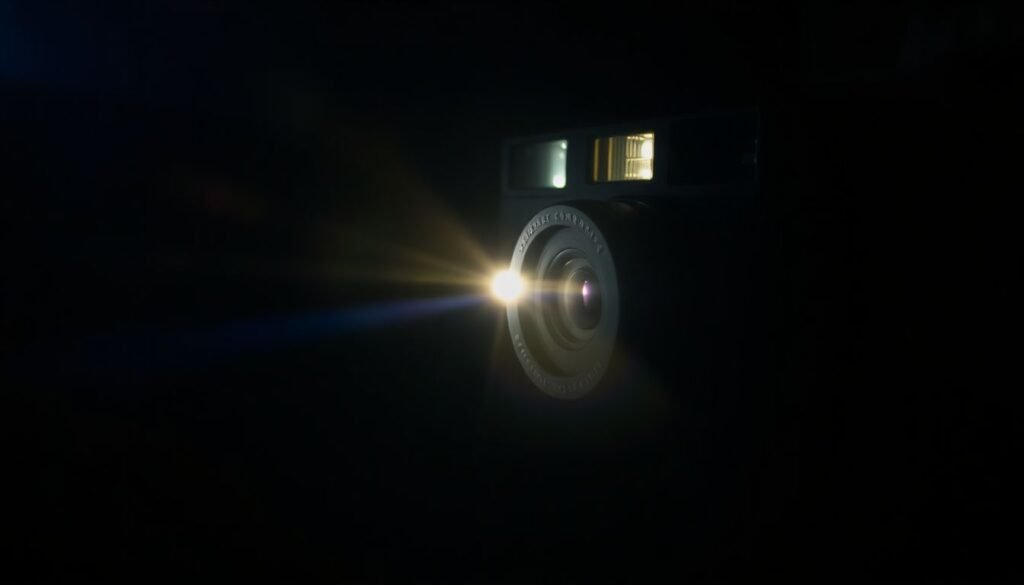
Flash is essential in dim settings, but overusing it can wash out photos. Be mindful of when and how to use flash for optimal results.
Lighting plays a significant role in photo quality. Avoid taking pictures in extremely bright sunlight or complete darkness without flash.
Disposable cameras aren’t built for zooming. Keep your subjects within a reasonable distance (3-10 feet) for clear and focused photos.
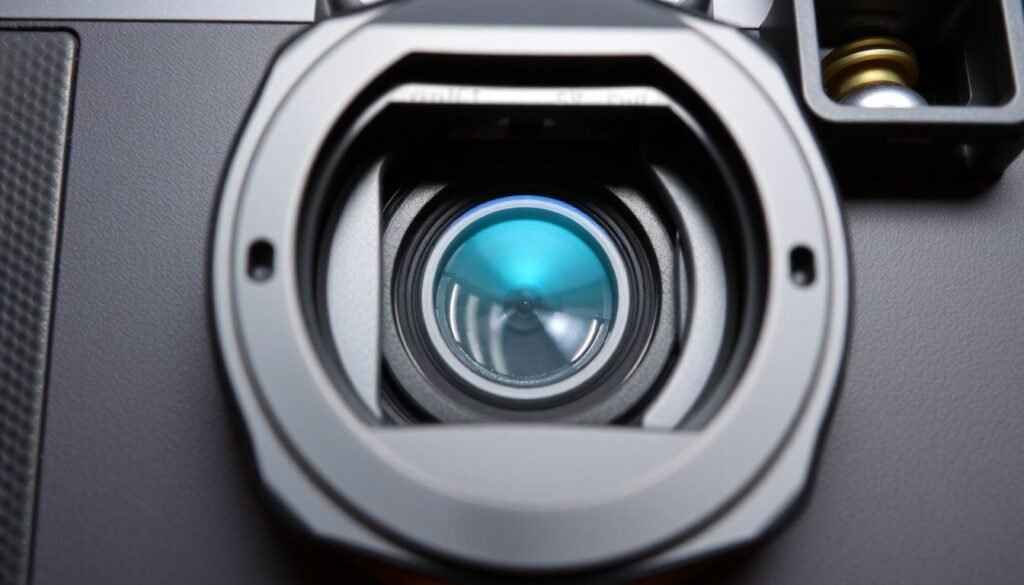
Overexposure and underexposure can ruin your photos. Here are some tips to help you find the right balance:
Composition can make or break a photo. Following a few basic principles will help you take balanced and visually appealing shots.
Imagine your viewfinder divided into thirds, both horizontally and vertically. Position your subject along these lines or at the intersections for a balanced composition.
Disposable cameras have limited framing capabilities, so centering your main subject can ensure a better result.
Pay attention to what’s behind your subject. Avoid cluttered backgrounds that can distract from the main focus of your photo.
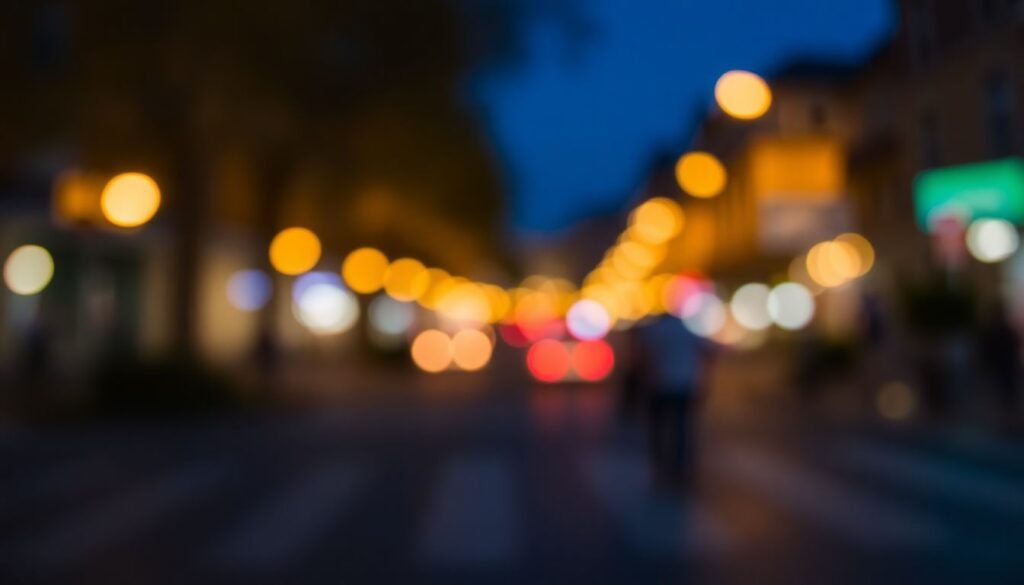
Disposable cameras are durable, but they’re not invincible. Store them in a dry, cool place, and avoid leaving them in direct sunlight, as extreme temperatures can damage the film.
Disposable cameras typically have a limited number of exposures. Plan your shots and take care with each one to avoid wasting film.
Hold the camera steady, especially in low light, and avoid moving until after the photo is taken. If you’re capturing a moving subject, timing and positioning are crucial.
Flash is beneficial in low light, but it only reaches a short distance. Keep your subjects close enough for the flash to illuminate them effectively. For photos taken beyond flash range, natural light might be a better choice.
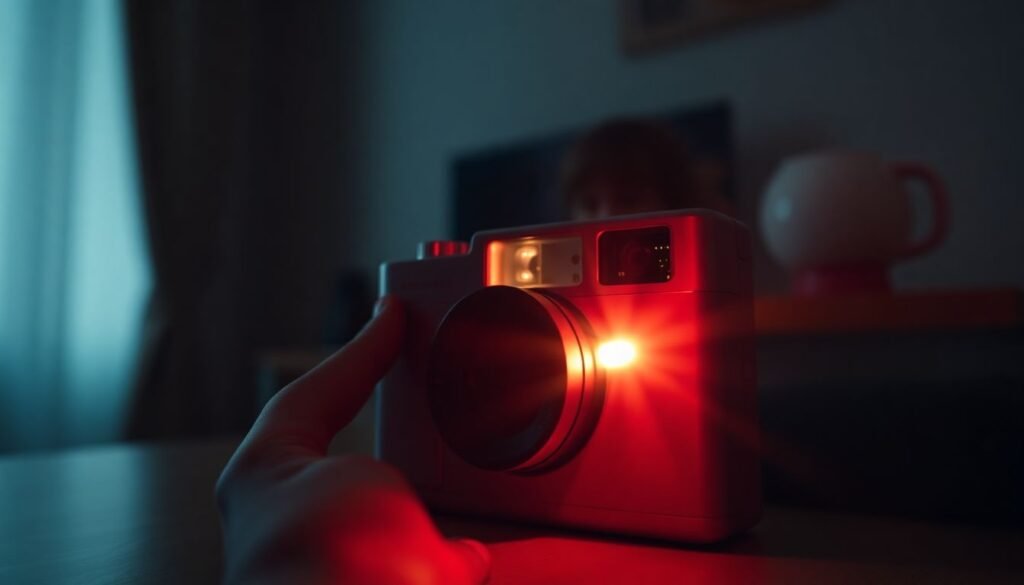
Shadows and glare can be a common issue. Position yourself so that the light is even across your subject. Avoid shooting directly toward the light source to reduce glare.
Natural light often produces the most flattering results. For outdoor photos, aim to shoot during the golden hours, when sunlight is softer. Indoors, place your subject near a window for softer, natural lighting.
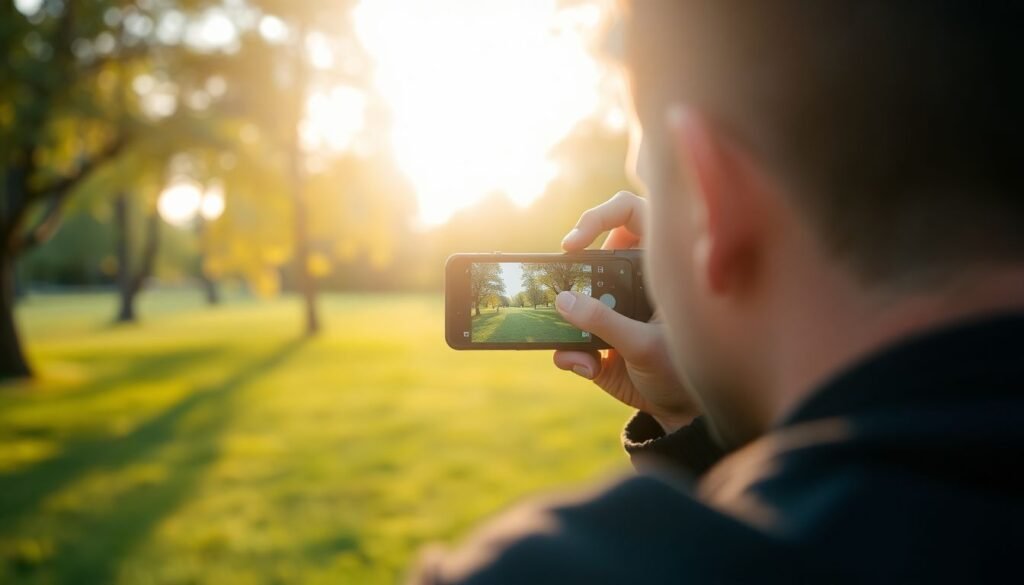
Disposable cameras aren’t ideal for action shots, as they lack advanced shutter speeds. For the best results, have the subject move at a slower pace, or position yourself to capture the action from a slight distance.
Once your film is finished, it’s time to develop your photos. Many stores still process disposable camera film, but it’s essential to follow instructions for proper storage and transport to avoid damaging the film.
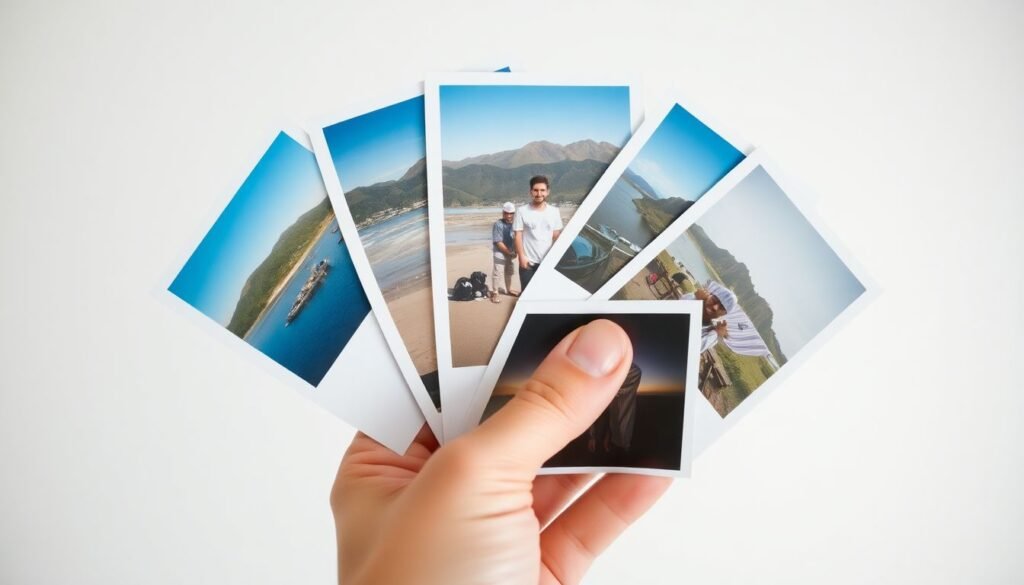
Using a disposable camera can be a rewarding experience if you avoid common mistakes. Remember to consider lighting, keep your distance limitations in mind, and be careful with flash settings. With these tips, you’ll capture beautiful, memorable photos that have that special film charm.
1. What are the advantages of disposable cameras?
Disposable cameras offer simplicity, affordability, and a unique, nostalgic photo style that digital cameras can’t quite replicate.
2. Can I use a disposable camera in low light?
Yes, but it’s recommended to use the flash in low-light settings, as disposable cameras are not typically designed for high-performance in dim environments.
3. How do I know when to use flash?
If you’re in a dim or shaded environment, using the flash will help illuminate your subject. Keep your distance within the flash range for best results.
4. What is the typical range for disposable cameras?
Most disposable cameras capture clear images within 3-10 feet. Beyond that range, photos may appear blurry or out of focus.
5. How can I store my camera to keep it safe?
Store your camera in a cool, dry place and avoid exposing it to moisture or extreme temperatures.